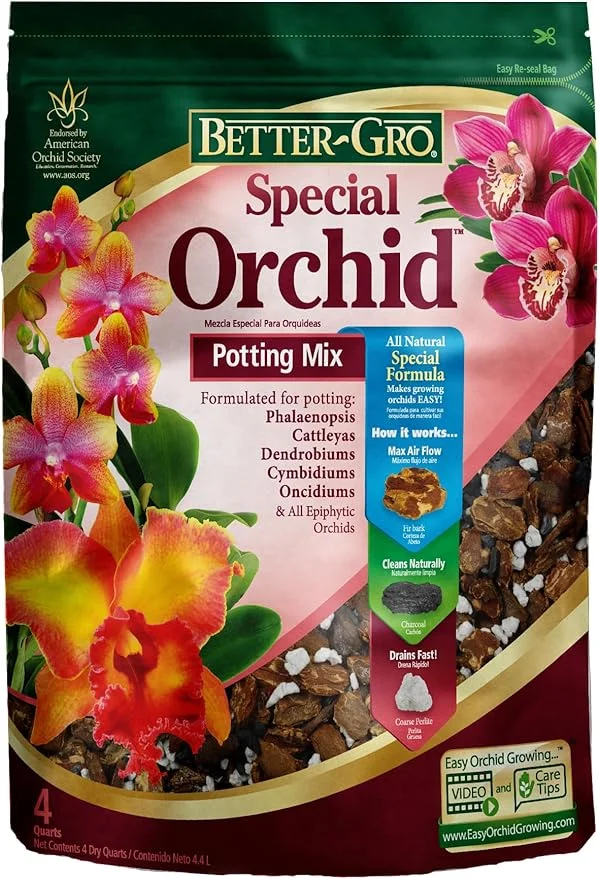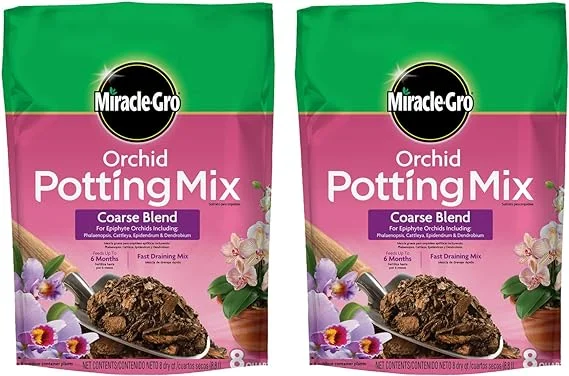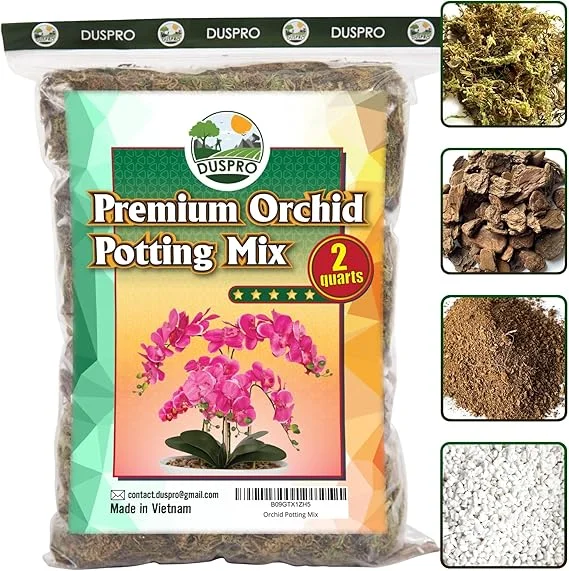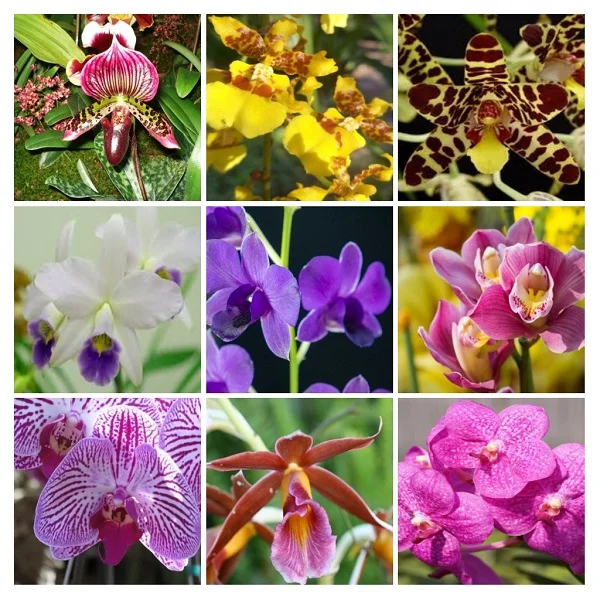How to Grow and Care for Scarlet Star Bromeliads (Guzmania Bromeliads) Indoors
Some links in this post may be affiliate links
Scarlet Star Bromeliads (Guzmania Bromeliads) prefer bright light, average warmth, high humidity and moderately moist, fertile, well-drained, bark soil coupled with regular feeding in the growing season.
Guzmania Bromeliads are popular Bromeliad varieties grown for the beauty of their bright-red or orange showy flower-heads with a central cluster of small white flowers.
Scarlet Star Bromeliads like Ornamental Pineapple (Ananas Bromeliads are typical Bromeliads with leathery, arching leaves and a distinct central 'vase' from which a stout stalk bearing a bold flower-head emerges.
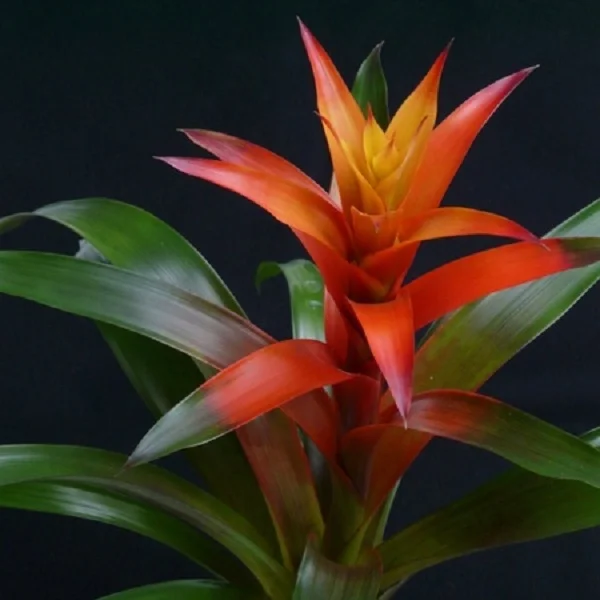
Botanical name: Guzmania
Family: Bromeliaceae
Sufamily: Tillandsioideae
Common name: Scarlet Star Bromeliads
Origin
Guzmania Bromeliads are native to Florida, The West Indies, southern America, Central America, Mexico and western and northern South America.
Size
Scarlet Star Bromeliads can grow to a height of 3 feet and 2 feet wide. The leaves are backward-arching and smooth-edged, about 1.5 ft long.
Flower
A Scarlet Star Bromeliad may take upto 4 years to reach the flowering stage but the display may last several months. The display of the flower head is due to the presence of long-lasting showy bracts; true flowers are small and short-lived.
Once the flower-head fades, the rosette of leaves begins to die and is replaced by offsets (pups) at the base. Guzmania Bromeliads are some of the best flowering plants for the home.
Varieties
Several varieties of the Scarlet Star Bromeliads are available. Guzmania lingulata which bears orange and red bracts and its leaves are 1.5 feet long.
Guzmania zahnii is the giant bearing 2 feet long leaves. Guzmania Omer Morobe and Guzmania musaica are grown for their striped or banded foliage.
Is Scarlet Star Bromeliad toxic?
Scarlet Star Bromeliads (Guzmania Bromeliads) are non-toxic to humans and pets. The plants are safe to grow indoors. However, the leaves bear short spines which may cause physical injury if handled with bare hands. Always wear gloves when handling Guzmania Bromeliad to prevent injury.
Related: 15 Indoor Plants that are Safe for Cats and Dogs
Where to Buy
If you are looking to add these beauties to your collection, they are available online on Etsy (Link to Etsy).
Scarlet Star Bromeliad Care Indoors
Scarlet Star Bromeliads (Guzmania Bromeliads) blossom in bright light, average warmth of 16-260C, humidity of 60-70% and moderately moist, fertile, well-drained, orchids potting soil coupled with fortnightly feeding during the growing season.
Guzmania Bromeliads require regular pruning to keep them neat as well as provide space for the growth of pups. Repotting is not necessary as they are slow growers and once they flower, they die and leave behind pups. Keep reading for more on these growing conditions and how to achieve them.
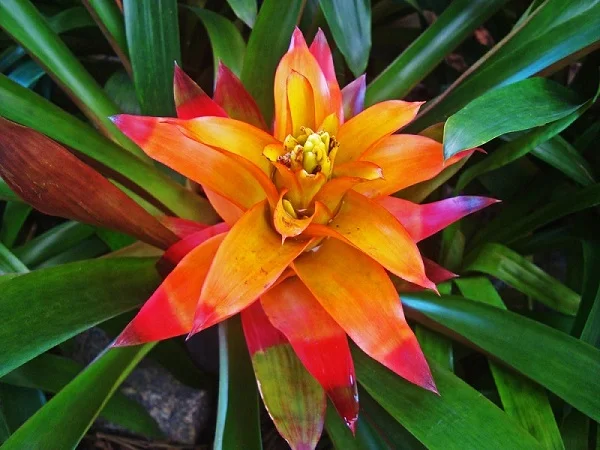
Watering
Like with other rosette Bromeliads, Scarlet Star Bromeliads require the central 'vase' to be filled with water at all times.
Empty and refill the 'vase' regularly to prevent growth of bacteria which may cause the water to become smelly.
Use only chlorine-free water for Guzmania Bromeliads as they are sensitive to chlorine and other chemicals that may be dissolved in water.
Water the soil only when it dries to keep the roots moist and avoid soggy soil as it can lead to root-rot disease and eventual death of the Bromeliad.
Light Requirements
Scarlet Star Bromeliad grows best in bright light. Keep it away from direct sunlight as it can scorch the leaves.
If the light is not adequate, the bromeliad will respond with dark, soft, drooping, long leaves and lack of blooms. You may grow the bromeliad under a grow light to supplement the natural lighting. Take a look at these full spectrum grow lights on Amazon.
Regularly rotate the pot to ensure that the Guzmania Bromeliad receives light on all sides for even growth.
Temperature and Humidity
The best temperature for Guzmania Bromeliad is an average warmth of 16-260C. However, to bring the bromeliad to flower requires temperatures above 260C.
Scarlet Star Bromeliad requires a humidity of 60-70% to thrive. If the humidity is too low, the plant will develop brown leaf tips. To increase humidity, set the pot on a wet pebble tray or grow the plant in a well-lit bathroom and other moist areas in the home. Read more on these techniques on how to elevate humidity for houseplants.
Ensure that there is good air circulation for the Guzmania Bromeliads to discourage pest and disease infestations.
Fertilizer
Feed Scarlet Star Bromeliads with a liquid fertilizer (foliar feed) every 2 weeks during the growing season for lush growth. Do not feed in the cold season as growth is minimal at this time and it may lead to fertilizer burn and eventual death of your Bromeliad.
Potting Mix
The best potting soil for Scarlet Star Bromeliad should be rich in organic matter, loose, free-draining, bark soil to prevent it from getting soggy while providing the required nutrients. Orchid potting mixes are ideal for these bromeliads.
Repotting
Repotting Scarlet Star Bromeliad is not necessary as its roots are tiny and are unlikely to fill the pot. Pot it in a shallow, heavy pot to prevent it from toppling over as it can become top-heavy and provide support to help keep it upright. Check out these ceramic pots with drainage holes on Amazon.
Pruning
Pruning Scarlet Star Bromeliad involves removal of dead leaves to keep the plant neat and to allow adequate room for the new plants to grow. Remove the dead foliage by cutting at the base with a sharp, clean knife or a clean pair of pruning scissors.
Propagation
Scarlet Star Bromeliads (Guzmania Bromeliads) are propagated from offsets (pups) appearing at the base of the plant.
How to propagate Scarlet Star Bromeliads from offsets (pups)
When the Scarlet Star Bromeliad offset (pup) is several months old or 1/3 to 1/2 the height of mother plant, separate it from the mother by cutting with a sharp, clean knife or with a sharp, clean pair of pruning scissors.
Ensure the offset has some roots attached to it and plant it shallowly in loose, free-draining bark soil.
Use a shallow heavy pot to prevent it from toppling over as it can get top-heavy and ensure that the plant is well supported to prevent it from toppling over as its has a small root system.
Place the set up in a warm, shaded place until the new Guzmania Bromeliad is well established after which you can routine care.
Related: How to Propagate Bromeliads from Pups (Bromeliad Propagation from Pups)
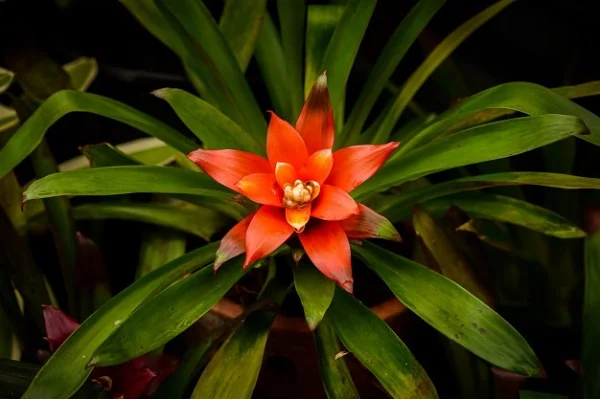
Guzmania Bromeliad Problems and Solutions
Scarlet Star Bromeliad (Guzmania Bromeliad) problems are drooping leaves, leaf patches, plant dying, brown leaf tips, pests and diseases among others. Read on for more on these problems, their remedies and solutions.
Pests
The common pests in Scarlet Star Bromeliads are scales and mealy bugs. Isolate the affected plant to prevent spread to other plants and treat it with neem oil or insecticidal soap as per the manufacturer's recommendations.
Plant dying
If the Scarlet Star Bromeliad has not flowered, the cause of death is root-rot which is enhanced by soggy soil. Make sure that the pot has a drainage hole and the soil is well-drained to prevent it from getting soggy.
If the Guzmania Bromeliad has flowered then rotting and death of rosette which bore the flower-stalk is natural process which occurs to give room for the growth of the new plants. Remove the dead foliage by cutting at the base with a clean knife or a pair of scissors to create space for the new plants.
Dark, soft, drooping, long leaves
Inadequate light for Scarlet Star Bromeliads is the cause of dark, soft, drooping, long leaves. Move the bromeliad to a brighter spot where it will receive bright light or instal a grow light if the natural lighting is not enough. Check out this guide on understanding light for houseplants.
Brown leaf tips
Growing Scarlet Star Bromeliad where the air is too dry (low humidity) will cause it to have brown leaf tips. To raise humidity, set the pot on a wet pebble tray or use a cool mist humidifier.
Pale brown leaf patches
Exposing Scarlet Star Bromeliad to direct sunlight will cause it to have pale brown patches on the leaves as it does not like to be exposed to direct sunlight. Protect it from direct sunlight or move it to a shadier spot.
You liked it? Share on social media.
Related Content
Amazon Associates Disclosure
Homeplantsguide.com is a participant in the Amazon Services LLC Associates Program, an affiliate advertising program designed to provide a means for sites to earn advertising fees by advertising and linking to amazon.com.
